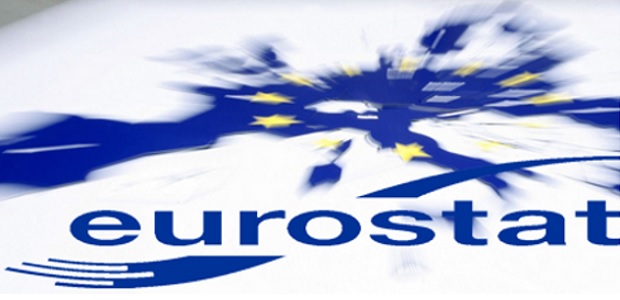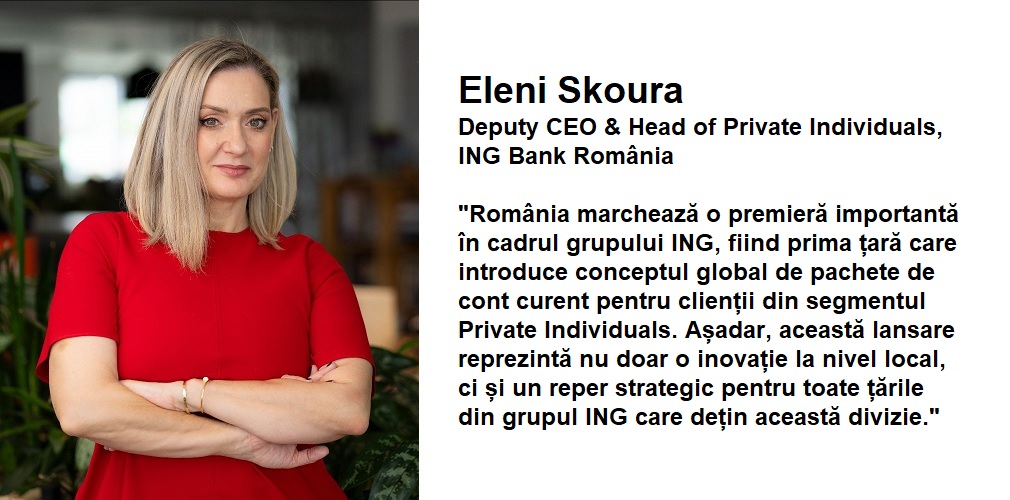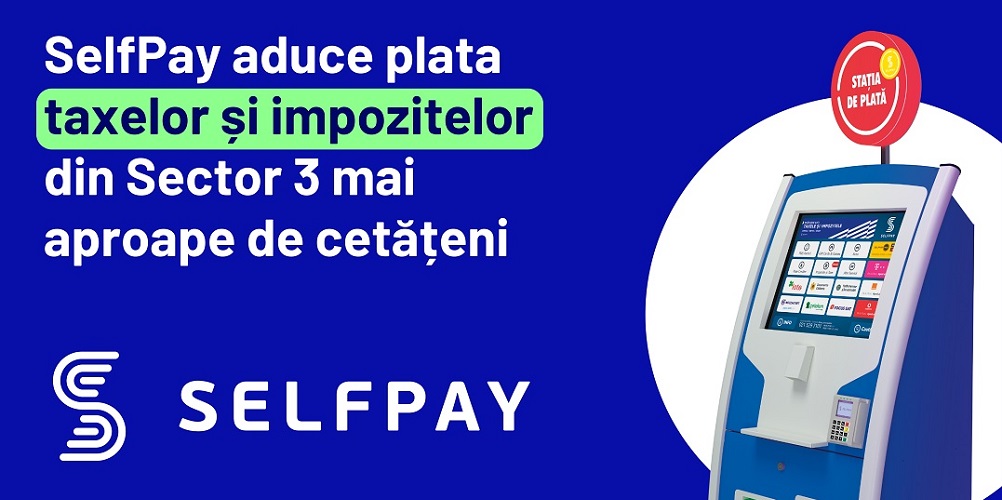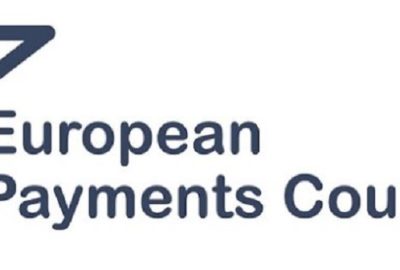Eurostat: 8% of EU enterprises with 10 or more employees used AI technologies in 2023. Highest share in Denmark (15,2%) while the the lowest share were recorded in Romania (1.5%).

In 2023, 8% of enterprises in the EU with 10 or more employees used Artificial intelligence (AI) technologies to conduct their business, according to Eurostat. This data comes from the newly updated Statistics Explained article on the use of artificial intelligence in enterprises.
Artificial intelligence refers to systems that use technologies such as text mining, computer vision, speech recognition, natural language generation, machine learning and deep learning to gather and/or use data to predict, recommend or decide – with varying levels of autonomy – the best action to achieve specific goals.
The highest shares of enterprises with 10 or more employees using AI technologies were in Denmark (15.2%), Finland (15.1%) and Luxembourg (14.4%). Meanwhile, the lowest shares were recorded in Romania (1.5%), Bulgaria (3.6%) and Poland (3.7%) and Hungary (3.7%).

When it comes to the type of AI technology used by these enterprises, in 2023, automating different workflows or assisting in decision-making (AI-based software robotic process automation) was the most used, with 3% of the enterprises using it. Performing analysis of written language (text mining; 2.9%) and machine learning (e.g. deep learning; 2.6%) followed.

Other types of AI technologies used include converting spoken language into machine-readable format (speech recognition; 2.5% of the enterprises), identifying objects or persons based on images (image recognition, image processing; 2.2%), generating written or spoken language (natural language generation; 2.1%) and enabling physical movement of machines via autonomous decisions based on observation of surroundings (autonomous robots, self-driving vehicles and autonomous drones; 0.9%).
Dariusz Mazurkiewicz – CEO at BLIK Polish Payment Standard
Banking 4.0 – „how was the experience for you”
„To be honest I think that Sinaia, your conference, is much better then Davos.”
Many more interesting quotes in the video below:












